1 of
You are browsing the full text of the article: Dutch Applied Art
| Art: A Monthly Record of Ancient and Modern Art Volume 1 Issue: 1 April 1903 Page: 19 | ||||||||||||||||||||||||||||||
| Dutch Applied Art By W. Vogelsang | ||||||||||||||||||||||||||||||
|

|
|
||||||||||||||||||||||||||||
| Art: A Monthly Record of Ancient and Modern Art Volume 1 Issue: 1 April 1903 Page: 20 | ||||||||||||||||||||||||||||||||
| Dutch Applied Art By W. Vogelsang | ||||||||||||||||||||||||||||||||
|

|
|
||||||||||||||||||||||||||||||
| Art: A Monthly Record of Ancient and Modern Art Volume 1 Issue: 1 April 1903 Page: 21 | |||||||||||||||||||||||||||||||||
| Dutch Applied Art By W. Vogelsang | |||||||||||||||||||||||||||||||||
|
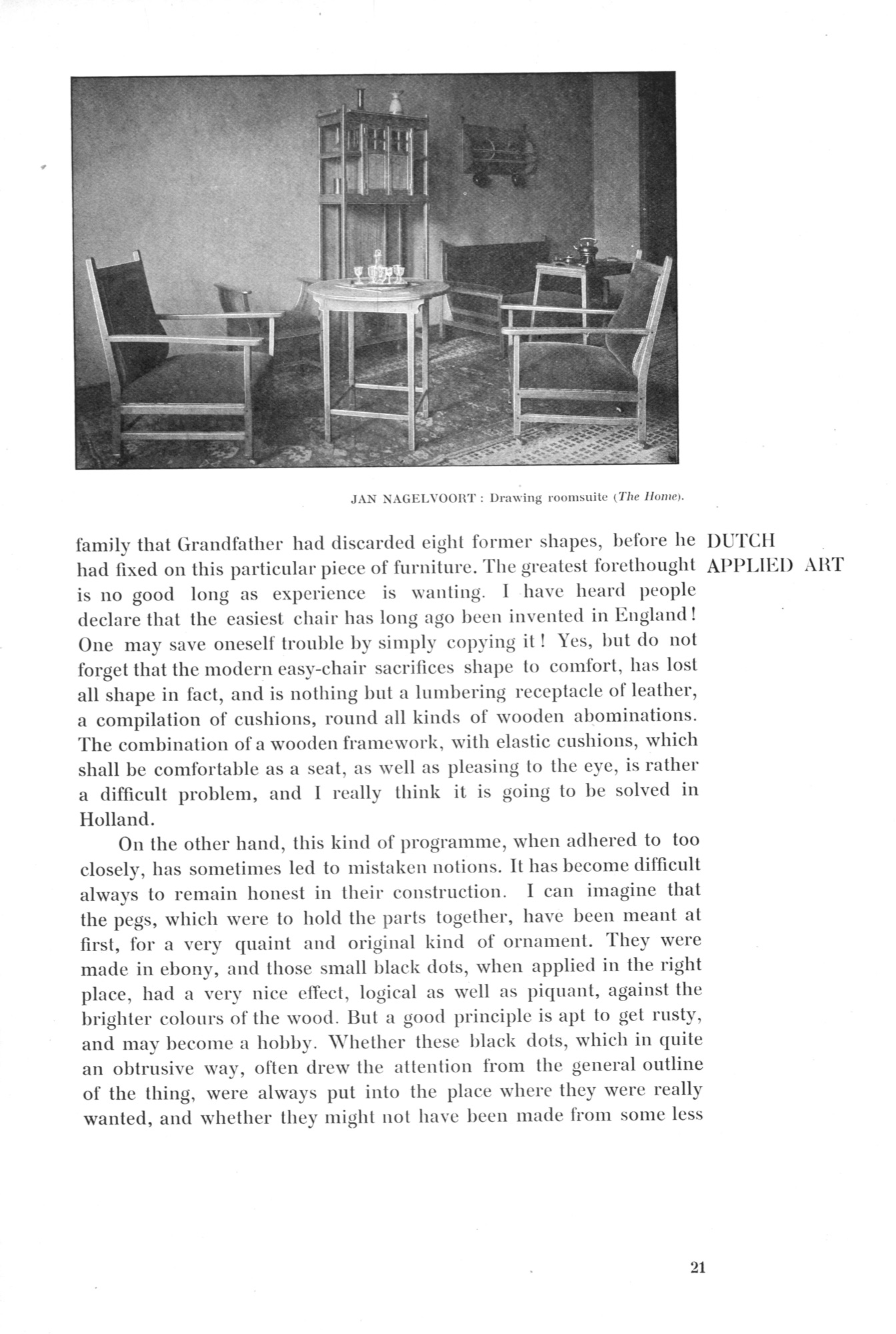
|
|
|||||||||||||||||||||||||||||||
| Art: A Monthly Record of Ancient and Modern Art Volume 1 Issue: 1 April 1903 Page: 22 | |||||||||||||||||||||||||||||||||
| Dutch Applied Art By W. Vogelsang | |||||||||||||||||||||||||||||||||
|
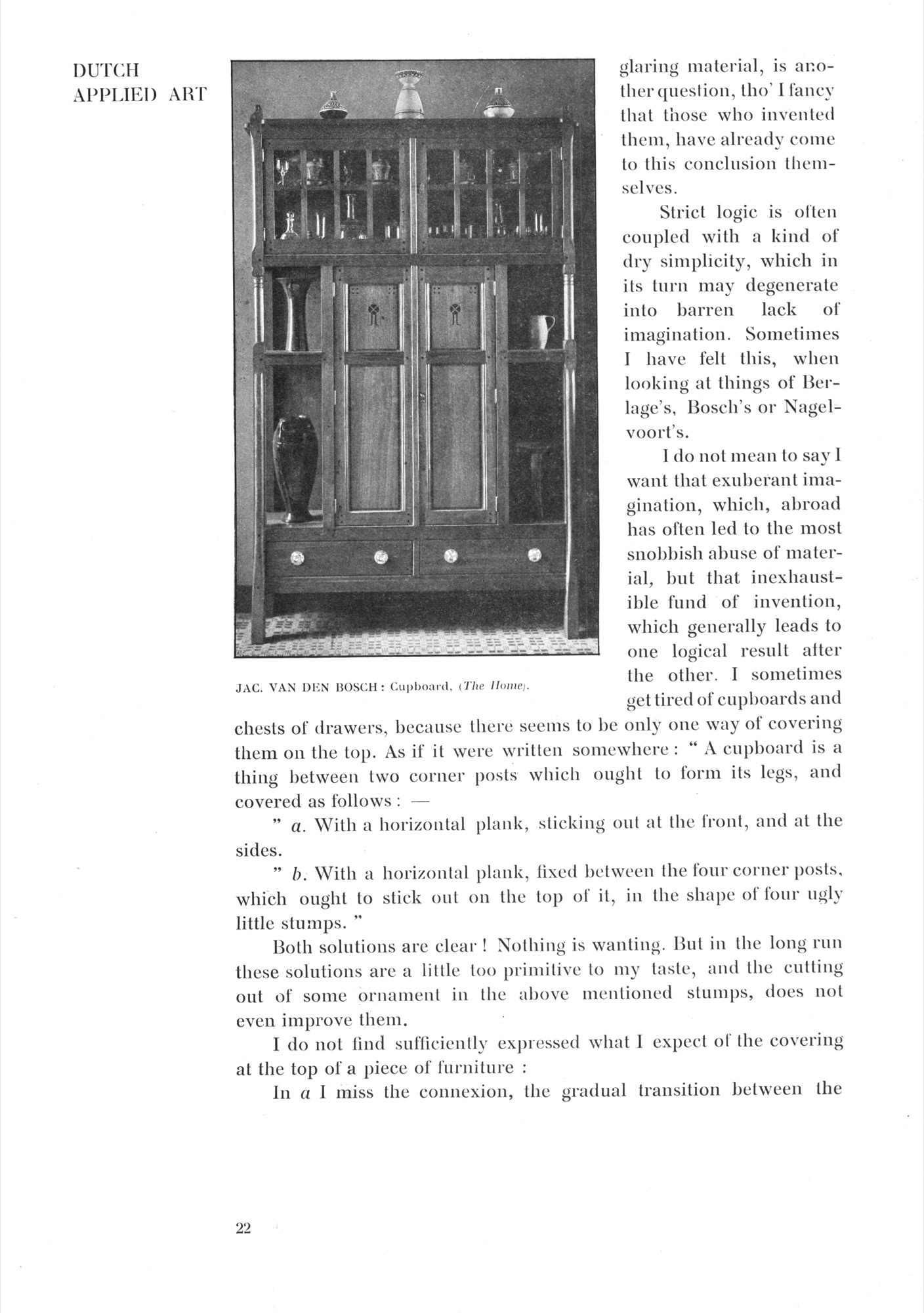
|
|
|||||||||||||||||||||||||||||||
| Art: A Monthly Record of Ancient and Modern Art Volume 1 Issue: 1 April 1903 Page: 23 | |||||||||||||||||||||||||||||||||
| Dutch Applied Art By W. Vogelsang | |||||||||||||||||||||||||||||||||
|

|
|
|||||||||||||||||||||||||||||||
| Art: A Monthly Record of Ancient and Modern Art Volume 1 Issue: 1 April 1903 Page: 24 | |||||||||||||||||||||||||||||||||
| Dutch Applied Art By W. Vogelsang | |||||||||||||||||||||||||||||||||
|
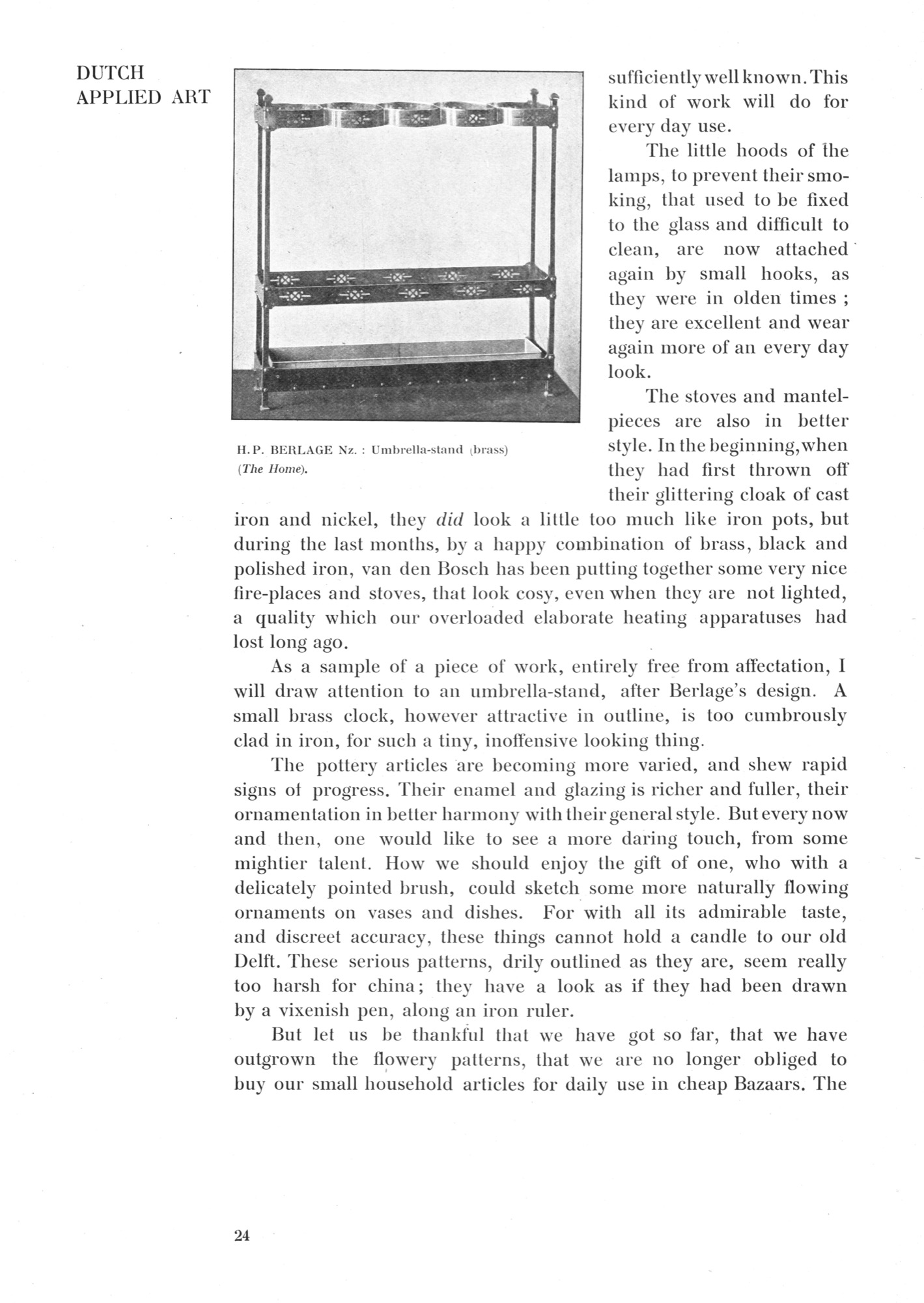
|
|
|||||||||||||||||||||||||||||||
| Art: A Monthly Record of Ancient and Modern Art Volume 1 Issue: 1 April 1903 Page: 25 | |||||||||||||||||||||||||||||||||
| Dutch Applied Art By W. Vogelsang | |||||||||||||||||||||||||||||||||
|

|
|
|||||||||||||||||||||||||||||||
| Art: A Monthly Record of Ancient and Modern Art Volume 1 Issue: 1 April 1903 Page: 26 | ||||||||||||||||||||||||||||||
| Dutch Applied Art By W. Vogelsang | ||||||||||||||||||||||||||||||
|
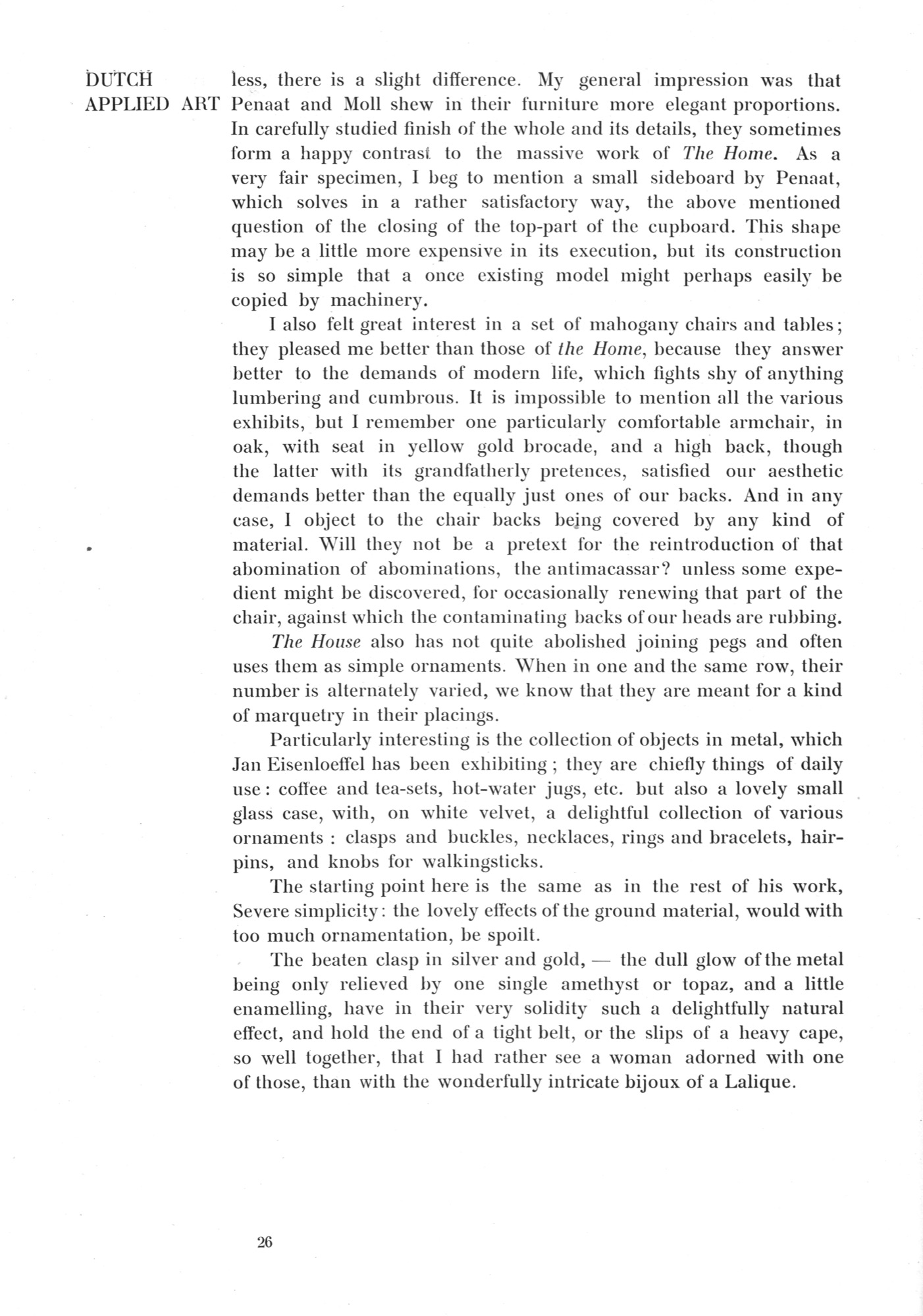
|
|
||||||||||||||||||||||||||||
| Art: A Monthly Record of Ancient and Modern Art Volume 1 Issue: 1 April 1903 Page: 27 | |||||||||||||||||||||||||||||||||
| Dutch Applied Art By W. Vogelsang | |||||||||||||||||||||||||||||||||
|
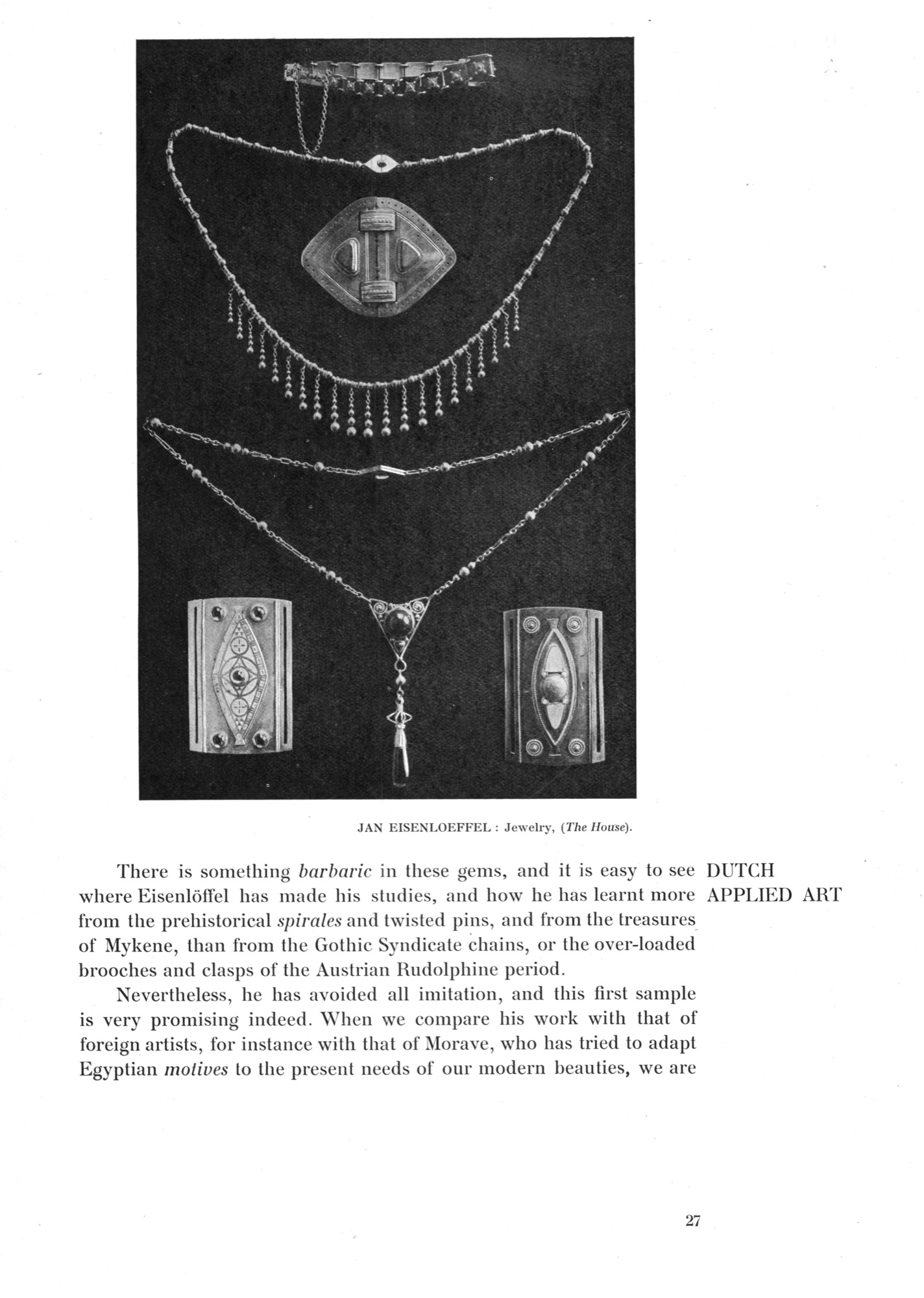
|
|
|||||||||||||||||||||||||||||||
| Art: A Monthly Record of Ancient and Modern Art Volume 1 Issue: 1 April 1903 Page: 28 | ||||||||||||||||||||||||||||||||
| Dutch Applied Art By W. Vogelsang | ||||||||||||||||||||||||||||||||
|

|
|
||||||||||||||||||||||||||||||
| Art: A Monthly Record of Ancient and Modern Art Volume 1 Issue: 1 April 1903 Page: 29 | |||||||||||||||||||||||||||||||||
| Dutch Applied Art By W. Vogelsang | |||||||||||||||||||||||||||||||||
|
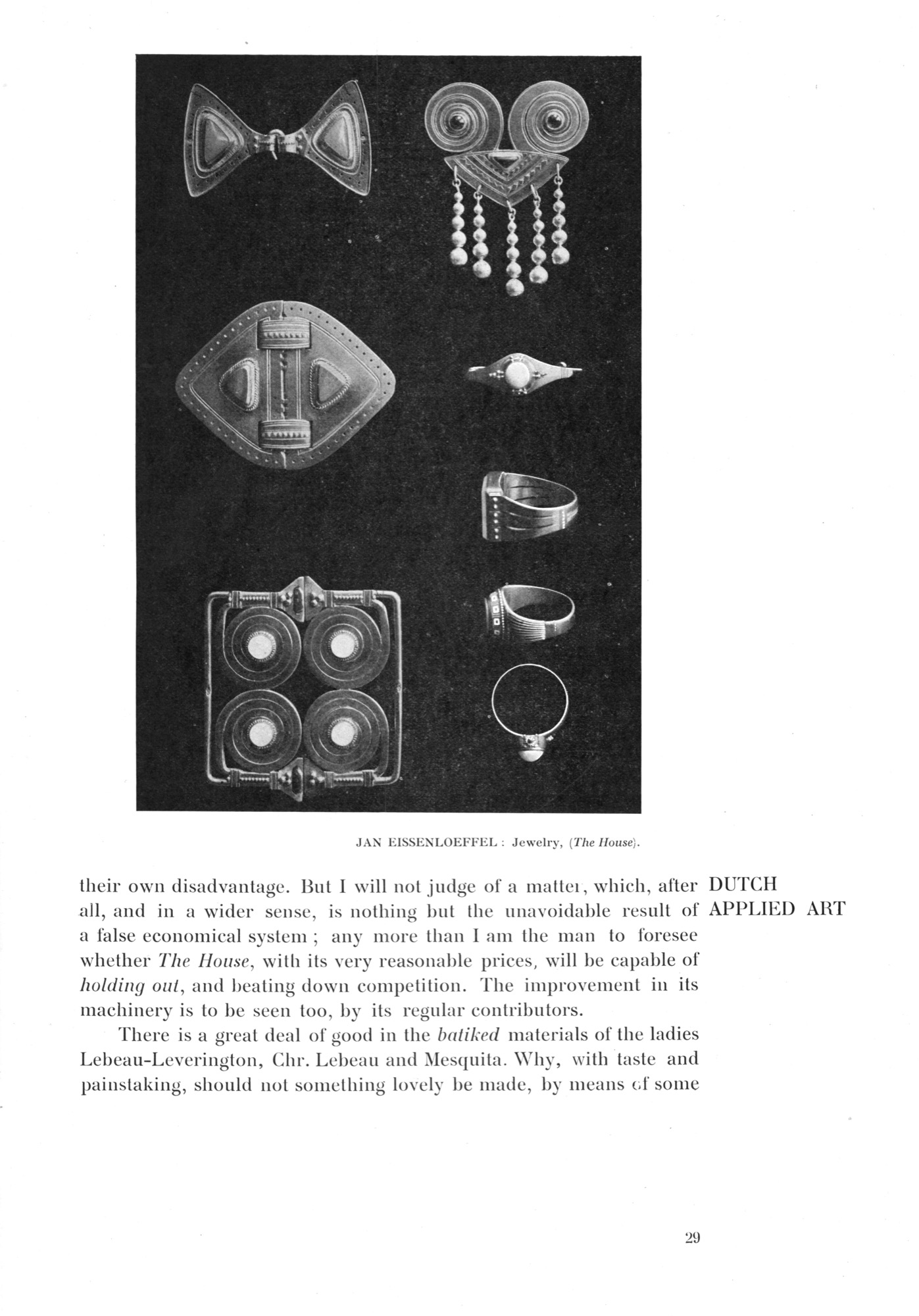
|
|
|||||||||||||||||||||||||||||||
| Art: A Monthly Record of Ancient and Modern Art Volume 1 Issue: 1 April 1903 Page: 30 | ||||||||||||||||||||||||||||||||
| Dutch Applied Art By W. Vogelsang | ||||||||||||||||||||||||||||||||
|
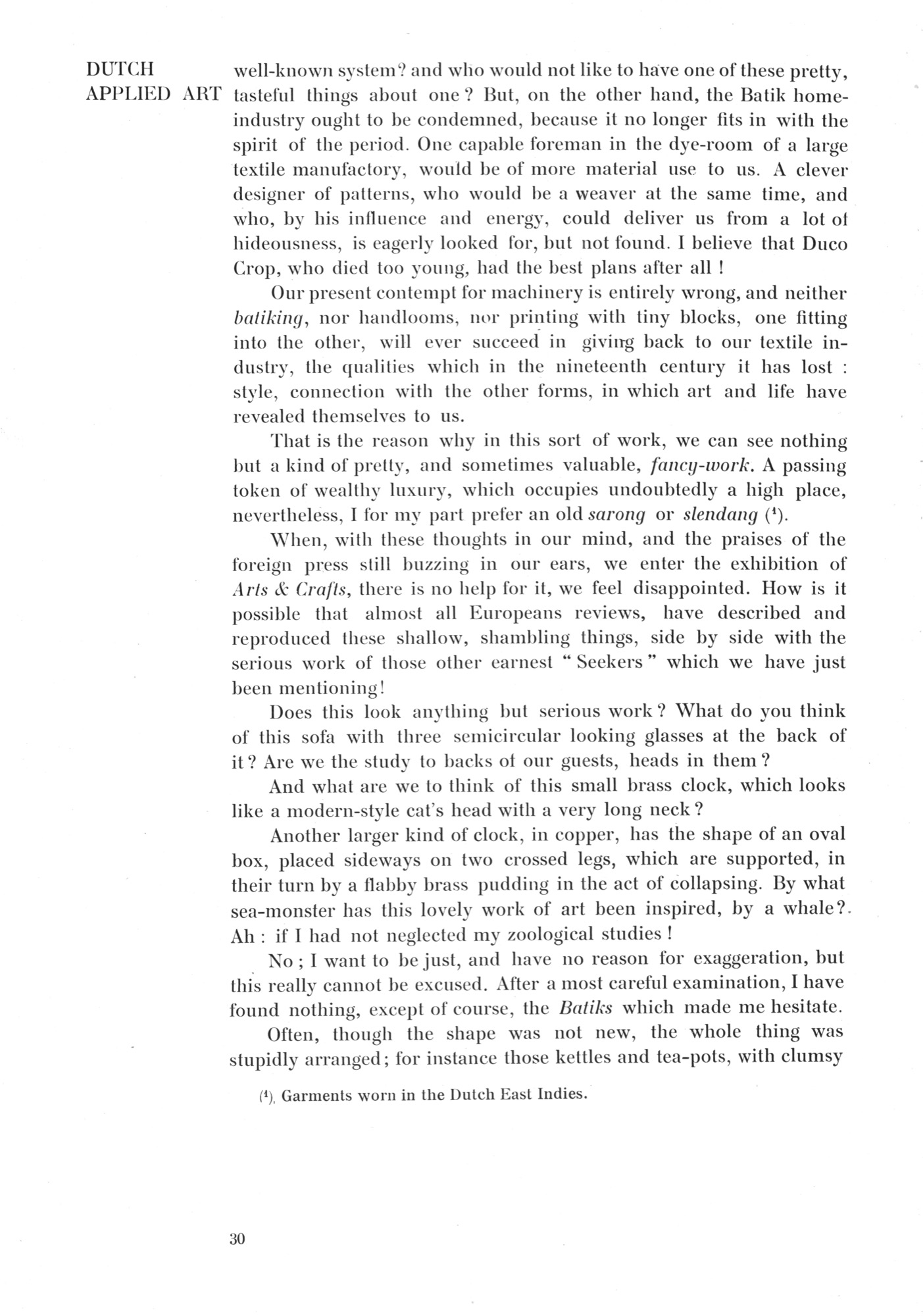
|
|
||||||||||||||||||||||||||||||
| Art: A Monthly Record of Ancient and Modern Art Volume 1 Issue: 1 April 1903 Page: 31 | |||||||||||||||||||||||||||||||||||
| Dutch Applied Art By W. Vogelsang | |||||||||||||||||||||||||||||||||||
|
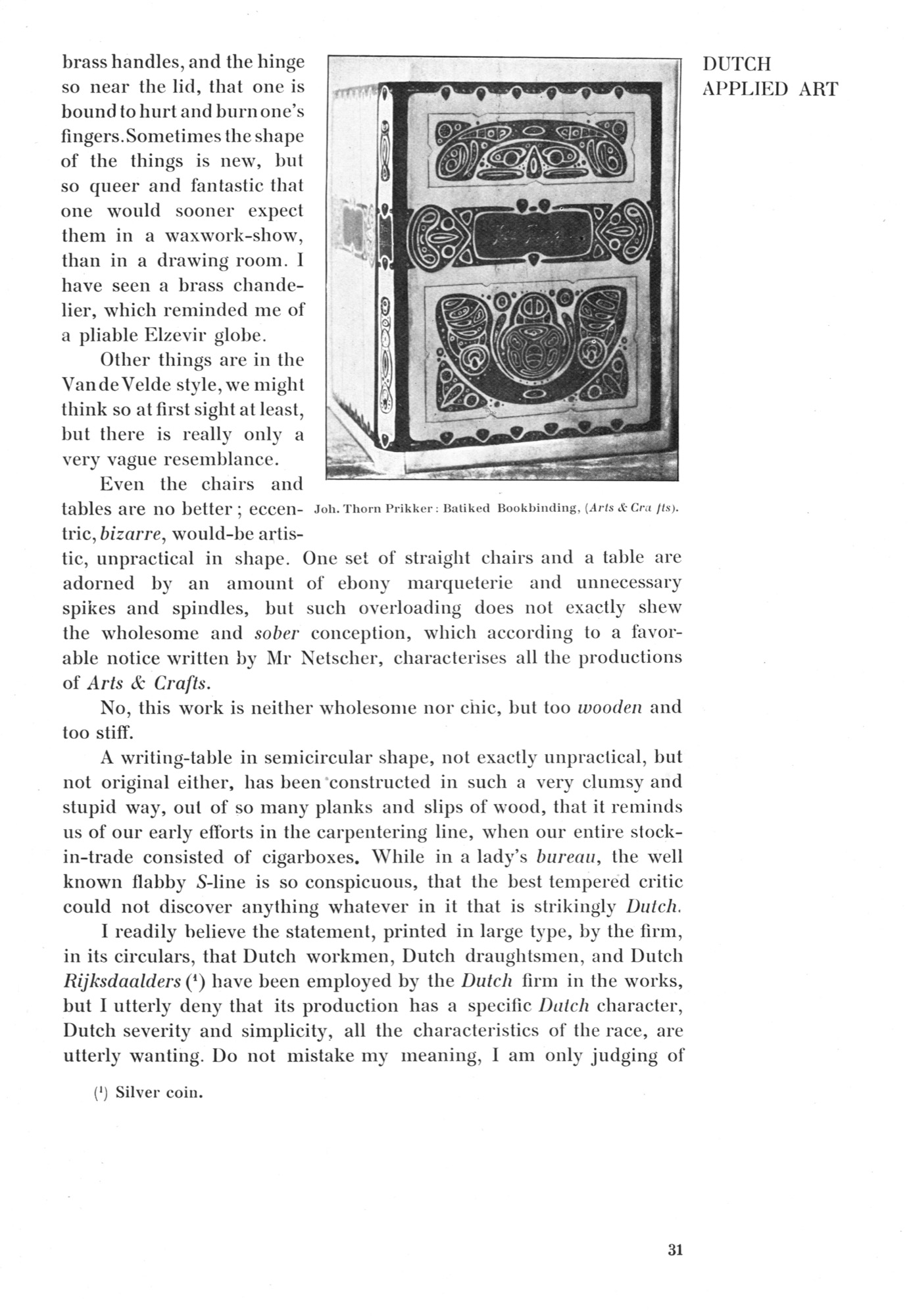
|
|
|||||||||||||||||||||||||||||||||
| Art: A Monthly Record of Ancient and Modern Art Volume 1 Issue: 1 April 1903 Page: 32 | ||||||||||||||||||||||||||||||
| Dutch Applied Art By W. Vogelsang | ||||||||||||||||||||||||||||||
|
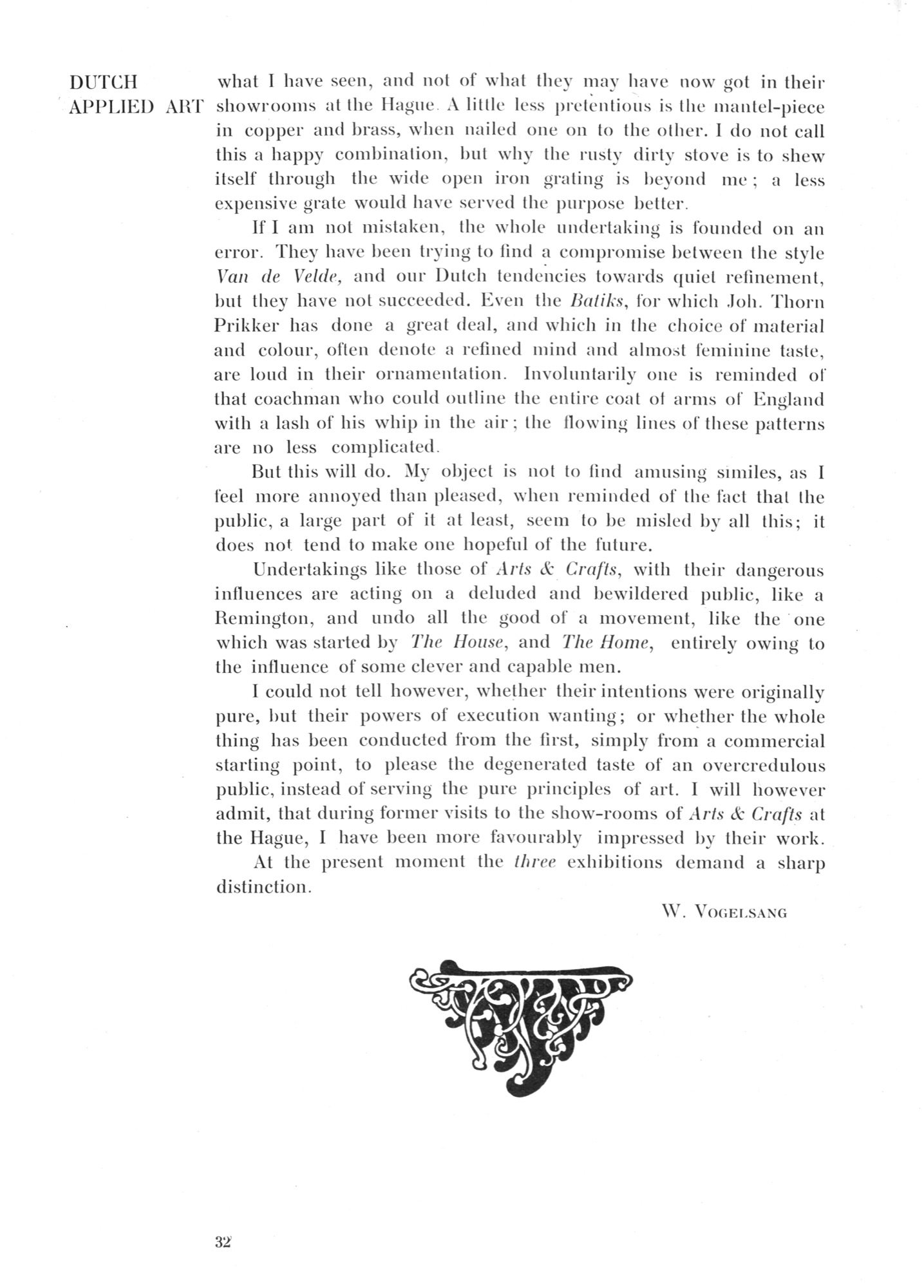
|
|
||||||||||||||||||||||||||||













